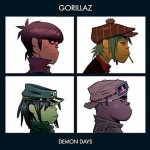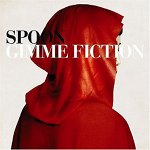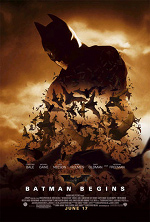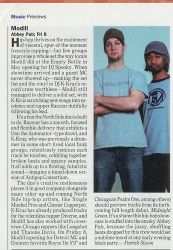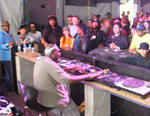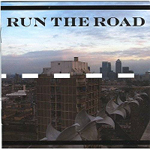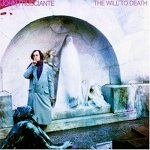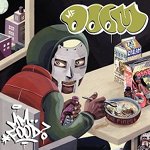Feature
URB
May 2005
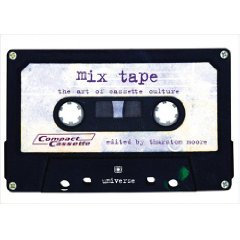
Sonic Youth guitarist Thurston Moore remembers endlessly listening to a homemade tape filled with his favorite hardcore songs. He recalls touring the country during the ’80s in a van with a monstrous, sticker-stained boom box blasting tunes. And he still treasures the mix tapes bestowed by older and wiser friends and music fans, gateway drugs leading towards better musical highs. Moore’s warm and fuzzy memories revolving around certain tapes prove the point he’s trying to make with Mix Tape (Universe), his chronicle of cassette culture: it’s all about sharing music.
“I think we should concentrate on the whole love and ego aspect of people giving tapes to each other,” he says.
Moore became involved withMix Tape after Eva Prinz, an editor at Rizzoli Publishing, approached him about editing the book. Intrigued by the project, Moore decided to take a non-academic look at the history of cassettes and instead focused on personal relationships. Moore’s methodology was straightforward — send out an email solicitation to all the names in his address book and see what came back.
Moore’s friends in the art and music world responded by describing their favorite tapes, but sadly, few still had possession of their plastic pieces of history. Those who still had their treasured cassettes sent in photos of the elaborately designed cases and contributed short essays. Much like the tapes themselves, these essays capture a time or a relationship. Jim O’Rourke’s piece talks about a mix tape he meticulously recorded for a girl that was compromised by a single poor track selection. Photographer Glen E. Friedman’s tape, Oral Surgery Disasters, was a “gnarly mix” of continuous, loud music meant to drown out a particularly painful dental procedure.
Moore cobbled together the beguiling and beautiful submissions into loose thematic sections — perfect form for a mix tape artists — and penned an introduction.
“I definitely wanted it to be more personalized, so I tried to write in a way that it was like a fanzine, but hardbound and put out by a major publisher,” said Moore.
Moore believes that the rise of indie music and the development of cassette tapes are related phenomena — it all boils down to sharing music, he says. Tapes laid the groundwork for an open exchange of music, something radically accelerated by today’s digital technology.
“During the whole CBGB’s era,” he says, “Everybody knew each other and you knew that some people were talking about is outside of the community. Now [with digital downloading], the whole world is invited to the party.”
But that’s not the only cultural shift that speaks to the lasting influence of cassette culture.
“iPods are an extension of cassette culture,” he says. “It’s people taking matter into their own hands to create their own products. You can just create your own jukebox that holds thousands of songs.”
And despite the fact that the use of digital equipment has far outpaced the use of vintage analog gear, Moore feels cassettes will never go away.
“Records haven’t gone away,” he says. “They’re kind of boutique at this point. I always think there’s going to be some vintage hipness to the cassette. Their immediacy will never be denied.”
